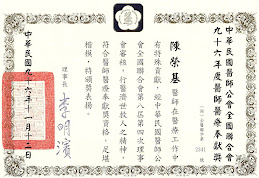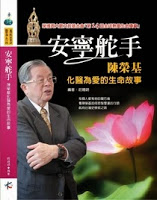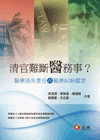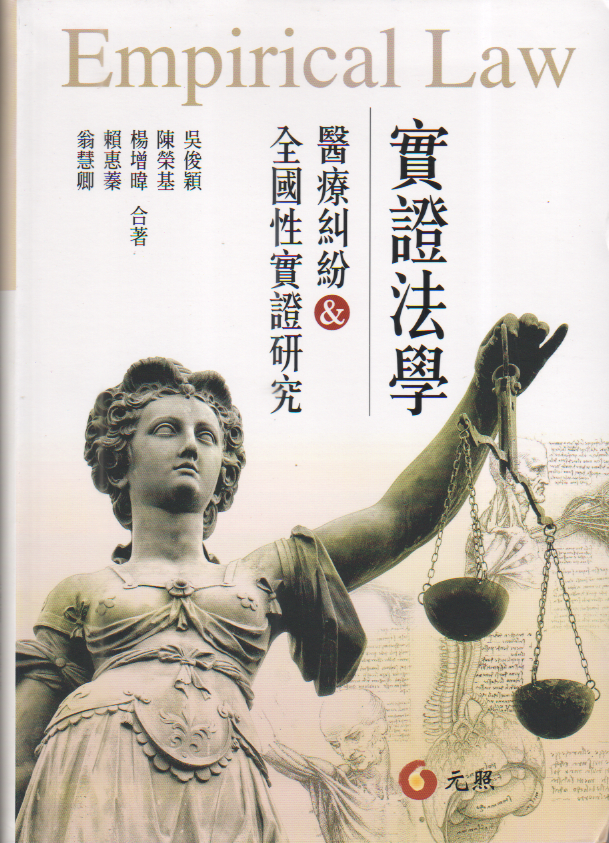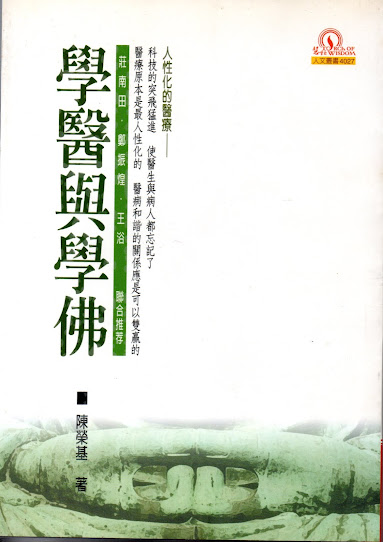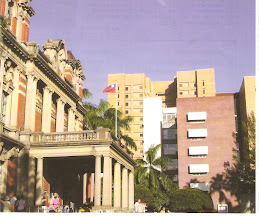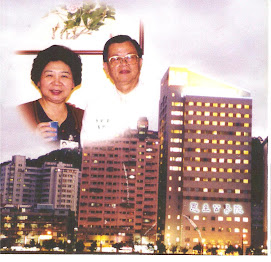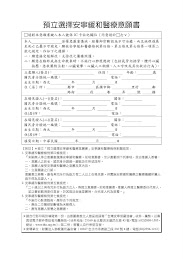#醫界應積極推廣臨終DNR的觀念
陳榮基
從前的人,大多死於家中,由家人陪伴安詳往生。近代醫學進步,很多人死於醫院。自1960年代以來,心肺復甦術(cardiopulmonary resuscitation, CPR)發明,繼之以不斷發展的高科技醫學,它雖然延長了人類的壽命,但並沒有提高人臨終的生活品質。反 而使醫療提供者,尤其是醫師,產生了與上天爭命的妄想,也使民眾誤信醫療萬能,人定勝天。於是越來越多的人,在醫院中因為醫師的「英勇奮戰」而痛苦的死亡。醫師不能接受病人死亡的失敗,家屬認為如未經醫師最後的CPR的急救努力,是不孝或不愛,或不忍心讓家人走了。
另一方面,癌症已成為包括台灣在內的已開發國家的第一大死因。當癌症進入末期時,醫師在使盡所有武功而知道無法救回病人時,往往「逃離」病人,讓病人無奈的承受癌末種種痛苦的折磨。相反的在臨終時又因為CPR,讓已經飽受癌症折磨的病人,再一次受到極端的痛苦,含恨而終。 幸而1967年英國的西西里。桑德思醫師終於在倫敦開辦聖克力司多福安寧院,開啟了用積極的醫療作為,以解除病人身心靈的痛苦,讓病人安享餘生的安寧緩和醫療(Hospice palliative care) [1]。此一人性 化的醫療,逐漸傳播到世界各地,而於1990年傳進台灣。2000年6月7日我國立法實施「安寧緩和醫療條例」 (於2002年11月23日修訂),賦予我國國民可以在臨終時選擇或拒絕心肺復甦術(Do not resuscitate, DNR)的權力,使安寧的推動有了法律的加持[2]。安寧緩和醫療條例規定自己簽署不施行心肺復甦術(DNR)意願書或家人簽署不施行心肺復甦術同意書的病人,如罹患末期疾病,臨終時可以不再受到CPR的折磨。但如在急救過程中,已被接上呼吸器,結果未能恢復呼吸時,自己簽署意願書者,得以撤除呼吸器。自己未簽署意願書者,則依法不能撤除呼吸器,只好讓病人及家人繼續承受痛苦,直到心跳自然停止[2]。醫療人員應該努力教育病人及社會大眾,譬如在住院須知中告知病人:「根據安寧緩和醫療條例,您有權簽署『預立不施行心肺復甦術意願書』(DNR意願書)」,將可減少很多人臨終時的痛苦。將民眾簽署的「DNR意願書」註記入健保IC卡,則更能保障國民獲得善終的希望。衛生署已委託台灣安寧照顧協會受理收集民眾『選擇安寧緩和醫療意願書』及『預立選擇安寧緩和醫療意願書』、『預立不施行心肺復甦術意願書』等資料,彙整後送交中央健康保險局,以利中央健康保險局將上述個人意願登錄到健保IC卡。在病人臨終時,生活的品質可能優於生命的延長,醫師在此時,如能尊重病人意願,提供安寧緩和醫療的照顧,並在臨終時協助病人有尊嚴的死(die in dignity)或安詳的往生(peaceful death),將是莫大的功德。大孝與大愛應是陪伴臨終家屬,協助其坦然接受疾病,安度餘生,安詳捨報往生。病人的死亡,並非醫療的失敗,未能協助病人安詳往生,才是醫療的失敗。
參考文獻
1.陳榮基:日本的安寧照顧。心身醫學雜誌1994;5:8-20。
2.陳榮基:生命的靜美。台北:蓮花臨終關懷基金會 2004。
【本文轉載自慈濟醫學雜誌,2006,第18卷155-157頁.】
#Medical Personnel Should Actively Promote the Concept of Terminal DNR
Rong-Chi Chen, M.D.
Up until recent times, most people died at home, peacefully and in the company of family. Due to the advancement of medical science, however, many people now expire at a hospital. Since the invention of cardio-pulmonary resuscitation (CPR) in the 1960s and the subsequent relentless advance of medical technology, our life span may have increased, however, it appears reasonable to suggest that the quality of life at its end may not have improved. Instead, healthcare providers, in particular physicians, now fight for lives against all the odds, promoting the false belief in the omnipotence of medical care and the triumph of man over nature. As a result of this "heroic fight" by physicians, more and more people now die a painful death in the hospital. Physicians often cannot accept the defeat of losing a patient, while relatives are unwilling to let their family member go or believe they are disloyal or unloving if they do not let the physician attempt a last CPR. Cancer has become the leading cause of death in the developed countries, including Taiwan. When cancer enters the terminal stage, and the physician has exhausted all treatment options and knows that the patient cannot be saved, the individual will often be left to his own devices and will have no choice but to bear the torment and suffering of terminal cancer. When the patient is near the end of life, however, the position becomes diametrically opposed and CPR is applied, with the patient, who is already at the psychological and physical limits of suffering, subjected to yet more anguish, and often consigned to a bitter death. Fortunately, in 1967 Dr. Cicely Saunders founded the St. Christopher's Hospice in London, introducing active medical treatment to relieve physical,psychological and spiritual suffering, and offering palliative care during the last phase of patients' lives [1]. This humane form of healthcare has gradually spread around the world, reaching Taiwan in 1990. On June 7, 2000, Taiwan's Hospice Palliative Care Act took effect (amended on November 23, 2002), giving terminal patients in Taiwan the right to either ask for CPR, or to refuse it in the form of the "do not resuscitate" (DNR) order, thus giving legal support to the promotion of hospice care [2]. The Hospice Palliative Care Act stipulates that patients (such as those suffering terminal disease) are given a choice to not endure unnecessary or unwanted suffering where they or their family members have signed a letter of intent to not perform CPR (DNR). Also, if during life-saving procedures a respirator is applied but breathing cannot be restored, the respirator may be removed where there is a DNR directive. Where there is no letter of intent signed by the patient, the law stipulates that the respirator may not be removed, and both patient and family must continue to endure the suffering until the heart ceases to function [2]. Medical personnel should, therefore, strive to educate their patients and the general public. When educating patients with respect to important matters related to hospitalization, for example, every patient should also be advised that "in accordance with the Hospice Palliative Care Act you have the right to sign a letter of intent to not perform CPR (a letter of intent to DNR)". In this way, terminal suffering can be reduced for many of the critically ill. If, as was announced last year by the Department of Health and the Bureau of National Health Insurance, the signing of a DNR letter of intent can be recorded on the IC card (health insurance card) of each individual, the chance for a natural and graceful death is greatly improved. In one's final moments, quality of life may be more important than the mere prolongation of existence. Physicians who respect patients' wishes and provide hospice palliative care, can foster a peaceful and dignified departure from life, although the benefits that this provides may not be easily determined empirically. Filial duty and love should find its expression in being with the family member at the end of his or her life, and in encouraging acceptance of disease, quiet life in his last days and peaceful passing. Where it is unavoidable, the death of a patient is not a medical failure. Not being able to facilitate a peaceful and dignified demise is, however.(from Tzu Chi Med J 2006; 18:155-157).
從前的人,大多死於家中,由家人陪伴安詳往生。近代醫學進步,很多人死於醫院。自1960年代以來,心肺復甦術(cardiopulmonary resuscitation, CPR)發明,繼之以不斷發展的高科技醫學,它雖然延長了人類的壽命,但並沒有提高人臨終的生活品質。反 而使醫療提供者,尤其是醫師,產生了與上天爭命的妄想,也使民眾誤信醫療萬能,人定勝天。於是越來越多的人,在醫院中因為醫師的「英勇奮戰」而痛苦的死亡。醫師不能接受病人死亡的失敗,家屬認為如未經醫師最後的CPR的急救努力,是不孝或不愛,或不忍心讓家人走了。
另一方面,癌症已成為包括台灣在內的已開發國家的第一大死因。當癌症進入末期時,醫師在使盡所有武功而知道無法救回病人時,往往「逃離」病人,讓病人無奈的承受癌末種種痛苦的折磨。相反的在臨終時又因為CPR,讓已經飽受癌症折磨的病人,再一次受到極端的痛苦,含恨而終。 幸而1967年英國的西西里。桑德思醫師終於在倫敦開辦聖克力司多福安寧院,開啟了用積極的醫療作為,以解除病人身心靈的痛苦,讓病人安享餘生的安寧緩和醫療(Hospice palliative care) [1]。此一人性 化的醫療,逐漸傳播到世界各地,而於1990年傳進台灣。2000年6月7日我國立法實施「安寧緩和醫療條例」 (於2002年11月23日修訂),賦予我國國民可以在臨終時選擇或拒絕心肺復甦術(Do not resuscitate, DNR)的權力,使安寧的推動有了法律的加持[2]。安寧緩和醫療條例規定自己簽署不施行心肺復甦術(DNR)意願書或家人簽署不施行心肺復甦術同意書的病人,如罹患末期疾病,臨終時可以不再受到CPR的折磨。但如在急救過程中,已被接上呼吸器,結果未能恢復呼吸時,自己簽署意願書者,得以撤除呼吸器。自己未簽署意願書者,則依法不能撤除呼吸器,只好讓病人及家人繼續承受痛苦,直到心跳自然停止[2]。醫療人員應該努力教育病人及社會大眾,譬如在住院須知中告知病人:「根據安寧緩和醫療條例,您有權簽署『預立不施行心肺復甦術意願書』(DNR意願書)」,將可減少很多人臨終時的痛苦。將民眾簽署的「DNR意願書」註記入健保IC卡,則更能保障國民獲得善終的希望。衛生署已委託台灣安寧照顧協會受理收集民眾『選擇安寧緩和醫療意願書』及『預立選擇安寧緩和醫療意願書』、『預立不施行心肺復甦術意願書』等資料,彙整後送交中央健康保險局,以利中央健康保險局將上述個人意願登錄到健保IC卡。在病人臨終時,生活的品質可能優於生命的延長,醫師在此時,如能尊重病人意願,提供安寧緩和醫療的照顧,並在臨終時協助病人有尊嚴的死(die in dignity)或安詳的往生(peaceful death),將是莫大的功德。大孝與大愛應是陪伴臨終家屬,協助其坦然接受疾病,安度餘生,安詳捨報往生。病人的死亡,並非醫療的失敗,未能協助病人安詳往生,才是醫療的失敗。
參考文獻
1.陳榮基:日本的安寧照顧。心身醫學雜誌1994;5:8-20。
2.陳榮基:生命的靜美。台北:蓮花臨終關懷基金會 2004。
【本文轉載自慈濟醫學雜誌,2006,第18卷155-157頁.】
#Medical Personnel Should Actively Promote the Concept of Terminal DNR
Rong-Chi Chen, M.D.
Up until recent times, most people died at home, peacefully and in the company of family. Due to the advancement of medical science, however, many people now expire at a hospital. Since the invention of cardio-pulmonary resuscitation (CPR) in the 1960s and the subsequent relentless advance of medical technology, our life span may have increased, however, it appears reasonable to suggest that the quality of life at its end may not have improved. Instead, healthcare providers, in particular physicians, now fight for lives against all the odds, promoting the false belief in the omnipotence of medical care and the triumph of man over nature. As a result of this "heroic fight" by physicians, more and more people now die a painful death in the hospital. Physicians often cannot accept the defeat of losing a patient, while relatives are unwilling to let their family member go or believe they are disloyal or unloving if they do not let the physician attempt a last CPR. Cancer has become the leading cause of death in the developed countries, including Taiwan. When cancer enters the terminal stage, and the physician has exhausted all treatment options and knows that the patient cannot be saved, the individual will often be left to his own devices and will have no choice but to bear the torment and suffering of terminal cancer. When the patient is near the end of life, however, the position becomes diametrically opposed and CPR is applied, with the patient, who is already at the psychological and physical limits of suffering, subjected to yet more anguish, and often consigned to a bitter death. Fortunately, in 1967 Dr. Cicely Saunders founded the St. Christopher's Hospice in London, introducing active medical treatment to relieve physical,psychological and spiritual suffering, and offering palliative care during the last phase of patients' lives [1]. This humane form of healthcare has gradually spread around the world, reaching Taiwan in 1990. On June 7, 2000, Taiwan's Hospice Palliative Care Act took effect (amended on November 23, 2002), giving terminal patients in Taiwan the right to either ask for CPR, or to refuse it in the form of the "do not resuscitate" (DNR) order, thus giving legal support to the promotion of hospice care [2]. The Hospice Palliative Care Act stipulates that patients (such as those suffering terminal disease) are given a choice to not endure unnecessary or unwanted suffering where they or their family members have signed a letter of intent to not perform CPR (DNR). Also, if during life-saving procedures a respirator is applied but breathing cannot be restored, the respirator may be removed where there is a DNR directive. Where there is no letter of intent signed by the patient, the law stipulates that the respirator may not be removed, and both patient and family must continue to endure the suffering until the heart ceases to function [2]. Medical personnel should, therefore, strive to educate their patients and the general public. When educating patients with respect to important matters related to hospitalization, for example, every patient should also be advised that "in accordance with the Hospice Palliative Care Act you have the right to sign a letter of intent to not perform CPR (a letter of intent to DNR)". In this way, terminal suffering can be reduced for many of the critically ill. If, as was announced last year by the Department of Health and the Bureau of National Health Insurance, the signing of a DNR letter of intent can be recorded on the IC card (health insurance card) of each individual, the chance for a natural and graceful death is greatly improved. In one's final moments, quality of life may be more important than the mere prolongation of existence. Physicians who respect patients' wishes and provide hospice palliative care, can foster a peaceful and dignified departure from life, although the benefits that this provides may not be easily determined empirically. Filial duty and love should find its expression in being with the family member at the end of his or her life, and in encouraging acceptance of disease, quiet life in his last days and peaceful passing. Where it is unavoidable, the death of a patient is not a medical failure. Not being able to facilitate a peaceful and dignified demise is, however.(from Tzu Chi Med J 2006; 18:155-157).
Research Gate



































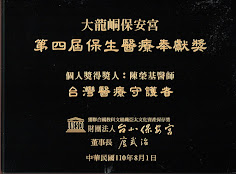

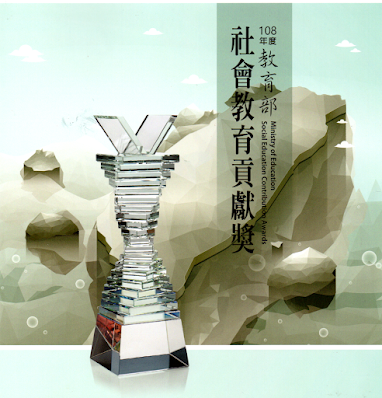

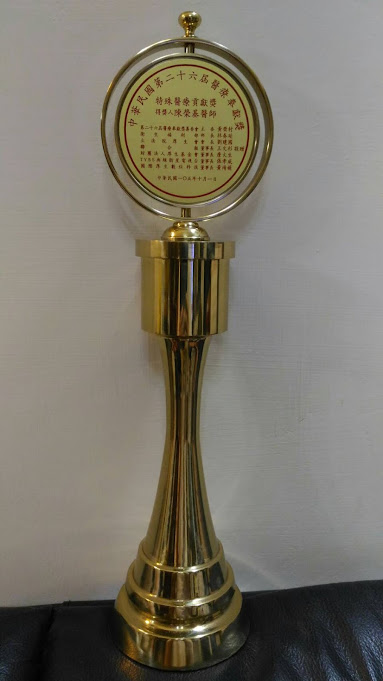
![2015周大觀基金會熱愛生命獎章<[請點下圖連署支持全責護理]>](http://3.bp.blogspot.com/-0XE7vtBmB6Y/VijWC6eVOtI/AAAAAAAAN84/lZpfif8QS5k/s1600-r/Fcover_final.jpg)

